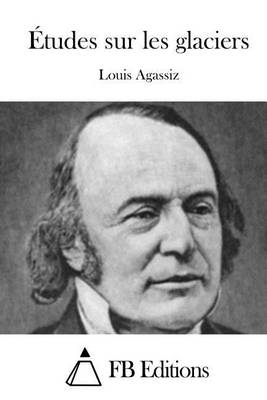Cambridge Library Collection - Earth Science
2 total works
Written by Swiss-born geologist and explorer Louis Agassiz (1807-73), this 1850 publication was the first detailed scientific account of the natural phenomena of Lake Superior. Agassiz, who became a professor at Harvard and later founded the Harvard Museum of Comparative Zoology, was the first scientist to suggest that the earth had experienced an ice age. In the summer of 1848 he led an expedition of his students to Lake Superior, to examine the northern shores, which had previously received very little attention from scientists. The artist James Elliot Cabot (1821-1903), who was included in the party, wrote the 'narrative' of the tour to accompany the scientific report, and this makes up the first part of the work. The rest of the book describes the geological phenomena and zoological distribution in and around the lake, comparing it with similar regions of the world.
Swiss-born zoologist, geologist and paleontologist Louis Agassiz (1807-73) was among the foremost scientists of his day. When he took up the study of glaciology and glacial geomorphology in Switzerland in 1836, he recorded evidence left by former glaciers, such as glacial erratics, drumlins and rock scouring and scratching. In this work, published in 1840, he proposed a revolutionary ice-age theory, according to which, glaciers are the remaining portions of sheets of ice which once covered the earth. His radical suggestion undermined the hypothesis that landscape features were the result of a great biblical flood. Although Agassiz's invaluable work led some to acclaim him as the 'father' of glacial theory, critics have cited the contributions of others, including Jean de Charpentier and Karl Schimper. The book also describes the features of active glaciers, including ice tables, ice pinnacles and moraines.

